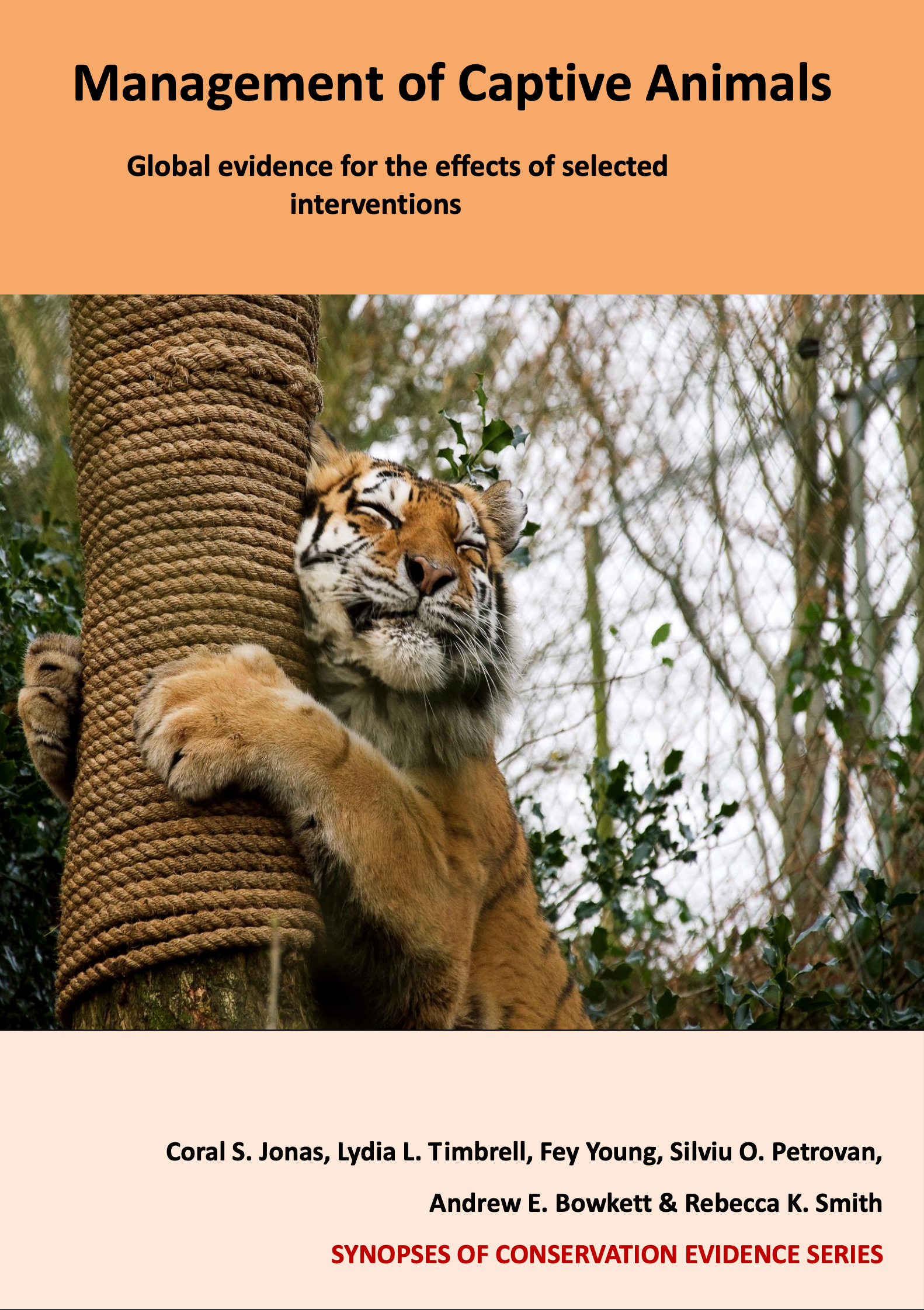Carnivores: Change location of food around enclosure
-
Overall effectiveness category Unknown effectiveness (limited evidence)
-
Number of studies: 1
View assessment score
Hide assessment score
How is the evidence assessed?
-
Effectiveness
90% -
Certainty
30% -
Harms
0%
Study locations
Supporting evidence from individual studies
A replicated, before-and-after study in 2010 of cheetahs Acinonyx jubatus in a wildlife park in Ireland found that when feeding was spatially varied, pacing behaviour decreased compared to using a predictable location. Pacing frequency was reduced when food was spatially varied (0.04 mean proportion of scans) compared to predictable feeding (0.08 mean proportion of scans). Ten cheetahs were housed in five enclosures (one solitary male, two solitary females, a male pair and a mother and four cubs). Instantaneous scan sampling was used at five-minute intervals and a total of 48 scan samples were carried out per enclosure each day. Eight days of data were collected per enrichment technique, including eight baseline days. Spatial feeding involved altering feed between the back and front of the enclosure at the regular feeding time of 16:00 h. Their diet consisted of one whole dead rabbit or chicken six days per week.
Study and other actions tested
Where has this evidence come from?
List of journals searched by synopsis
All the journals searched for all synopses
This Action forms part of the Action Synopsis:
Management of Captive Animals
Management of Captive Animals - Published 2018
Captive Animal Synopsis





)_2023.JPG)














